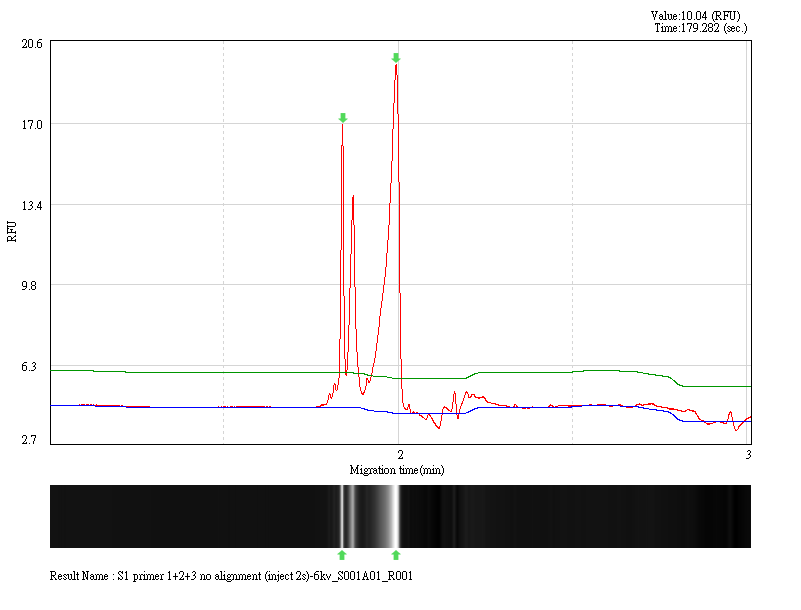Oligo Nucleotide
Oligonucleotides are short nucleic acid polymers used in research, genetic testing and forensics.
The term “oligonucleotide” or “oligo” usually refers to a synthetic laboratory-made DNA or RNA strand. Oligonucleotides are used in biochemistry, biology, molecular diagnostics, genomics, and other molecular biology experiments. Almost all applications using oligos involve synthesizing the complementary strand of a targeted, naturally occurring, strand of nucleic acid sequence.
Oligonucleotides are usually made up of 13 to 25 nucleotides and are designed to hybridize specifically to DNA or RNA sequences. Solid-phase clinical synthesis is used to manufacture these small bits of nucleic acid for use in polymerase chain reaction (PCR), DNA sequencing, library construction and artificial gene synthesis.
Oligonucleotides are used as probes for detecting specific sequences that are complementary to the oligonucleotides. When a certain sequence needs to be detected, a complementary oligonucleotide is synthesized in the laboratory. It is then bound to a fluorescent marker and allowed to bind to the specific segment of RNA or DNA it was designed to detect. Using the molecules as probes for detection is one of the most important functions of oligonucleotides.
Oligonucleotides are commonly synthesized up to 160 to 200 bases by automated synthesizers. The length of the oligonucleotide is denoted by "mer.” For instance, a fragments of 17 bases is called a 17-mer. Oligonucleotide is widely applied as role called probes for detecting DNA or RNA due to its ability to bind to complementary nucleotides. Therefore, it's commonly used in many scientific techniques such as PCR, DNA microarrays, southern blots, ASP analysis, fluorescent in situ hybridization (FISH), and synthesis of artificial genes.
Using Qsep100 to conduct the QC test for Oligonucleotides.
|
1 |
ACAGC ATCGC CAGTC ACTAT |
21 mer |
|
2 |
CCTGT GGCGC CGGTG ATG |
18 mer |
|
3 |
TGGCC TGCTT CTCGC CG |
17mer |

Figure1: Qsep100 CGE fragment analyzer precisely separated the three primers as 17mer, 18 mer and 21 mer.
